If you tend to “finish” a plein air painting and move on to the next, you might be missing out on important learning opportunities. Read more >
Been There, Done That … Or Maybe Not?
By Tim Oliver NWS
As a plein air painter primarily, I’ve developed a bad habit of always looking for the next painting, the next compelling composition, or the next interesting subject matter. Sometimes this happens even before I finish the piece I’m working on before it is fully explored.
There are a lot of reasons for this, but for one, I tend to get easily bored. I easily accept the idea that I have arrived at an “understanding” of the scene and that it has nothing more to give. I couldn’t be more wrong! And then as most of us artists do, I tend to look at old paintings and think, “I ought to paint that again. I can do it better next time.” But I seldom go back. It’s “Been there, done that – on to the next one!”
Over the past eighteen months or so, my plein air painting time has been limited by the duties of helping to care for aging parents. There just never seems to be enough time in the day to get out and paint. With my limited time, I’ve gone back and relooked, reevaluated, and repainted some of my old works. What an amazing time of personal as well as artistic growth and learning.
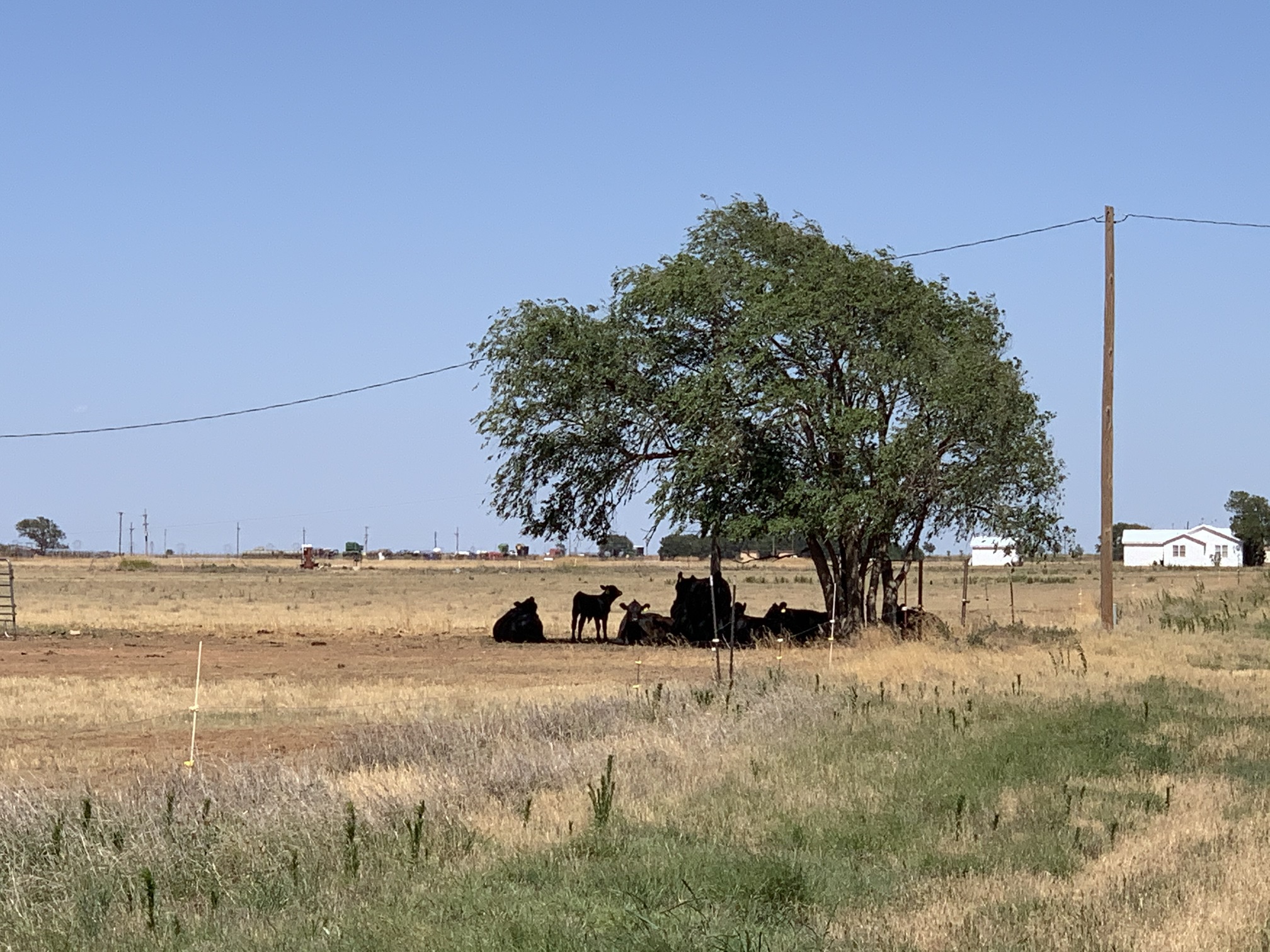
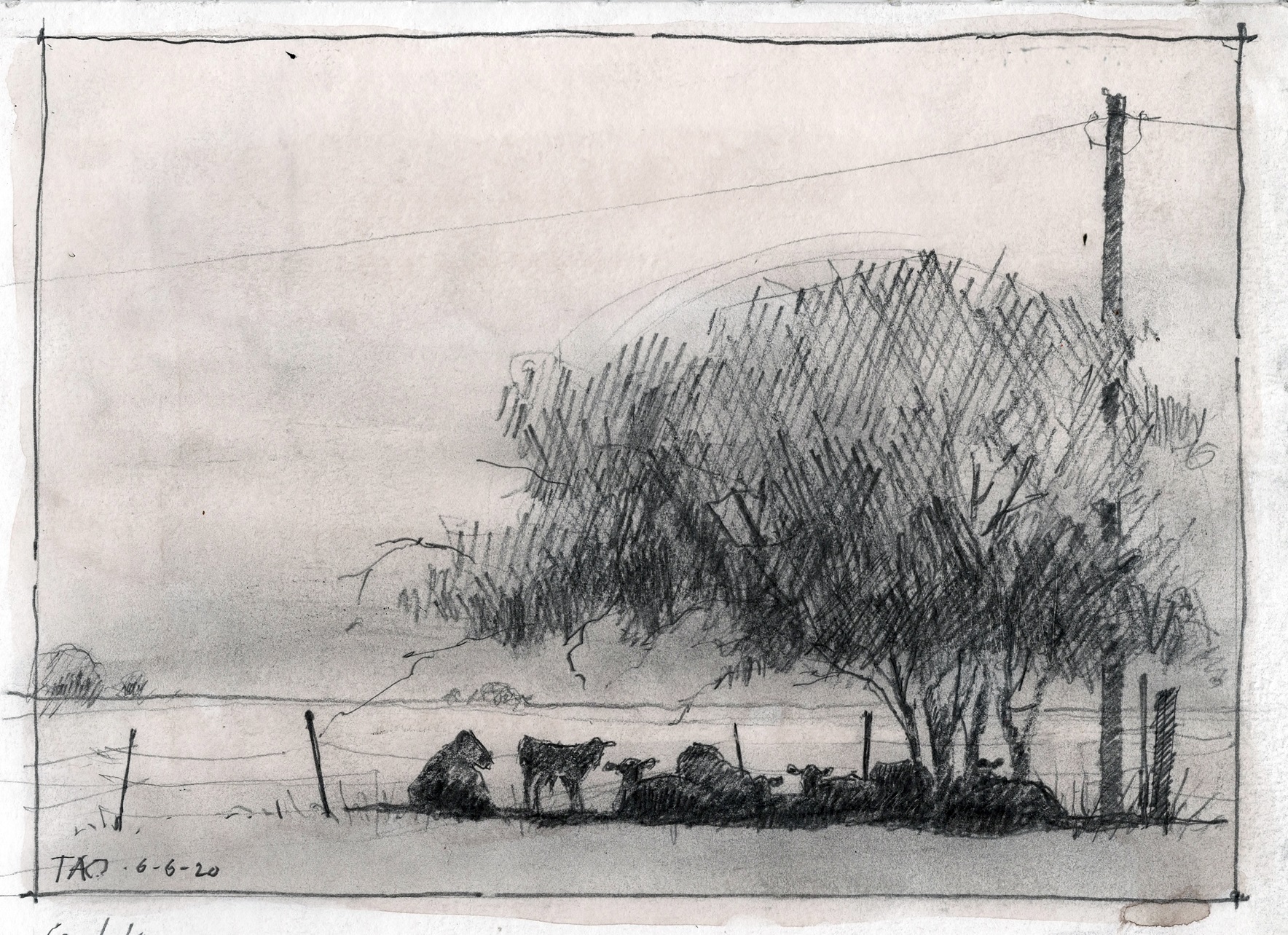
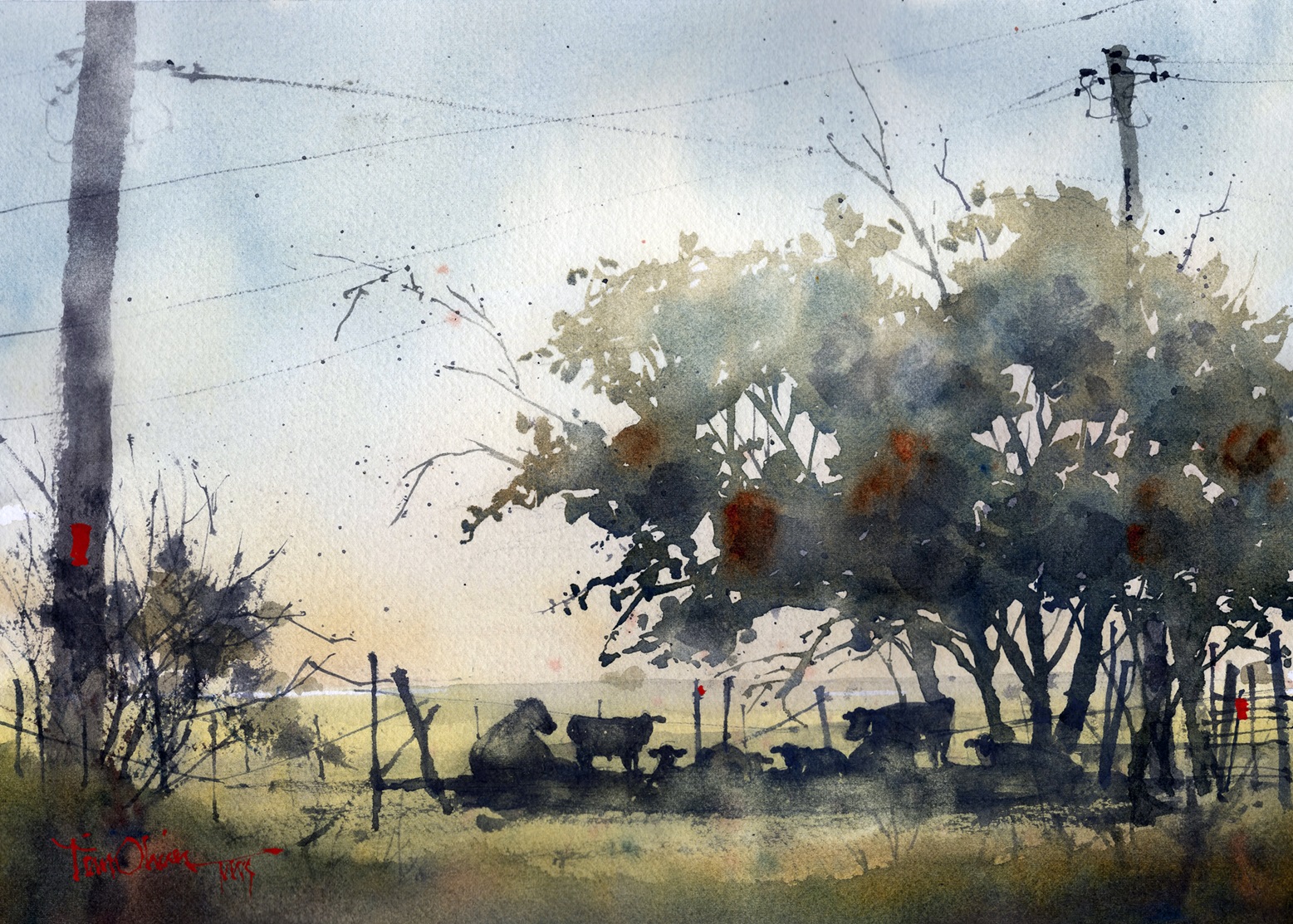
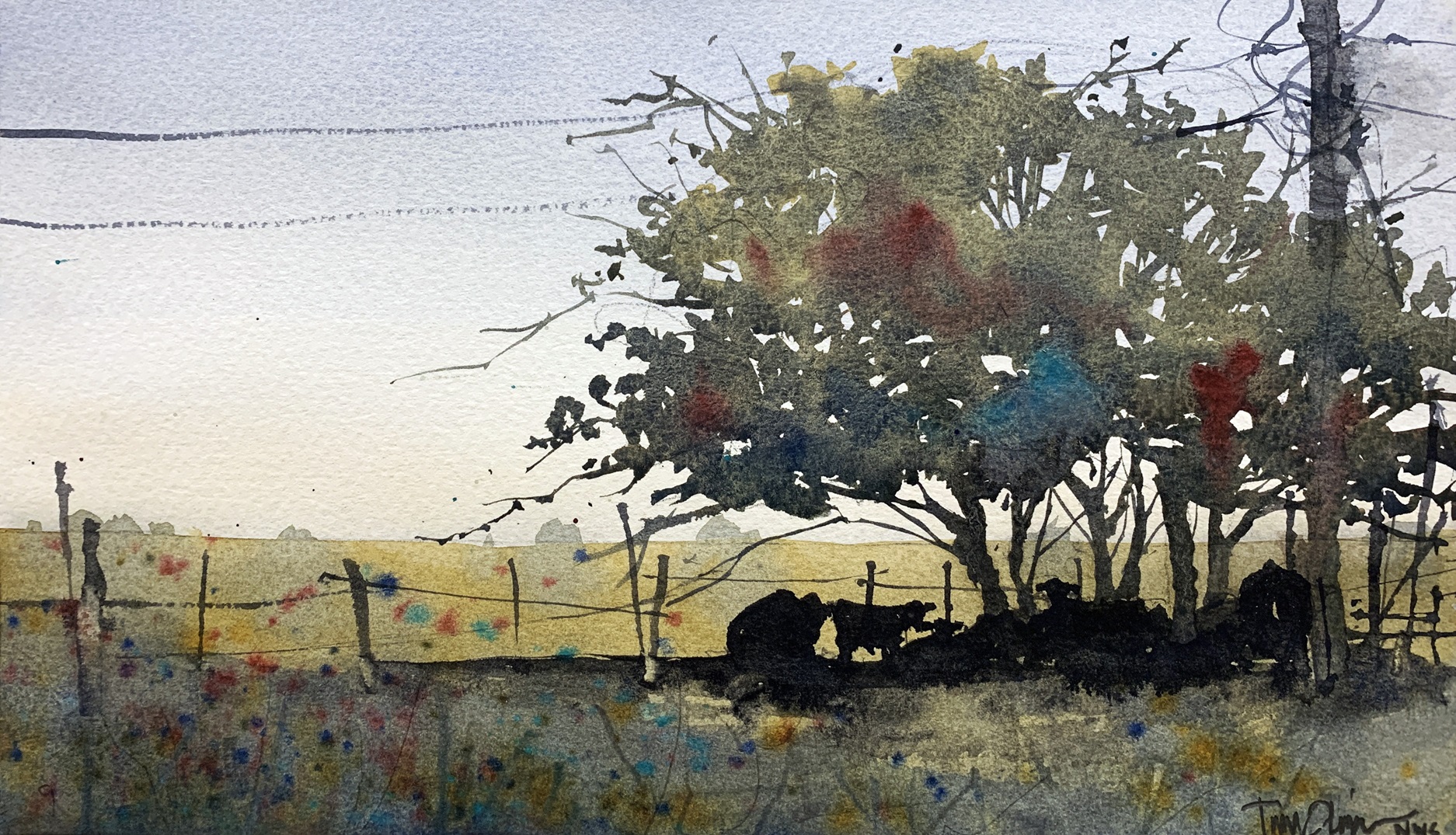
Just think of the possibilities!
With different pigment choices and temperatures, I can drastically alter the “mood” of the piece. By changing the overall intensity of the chroma in the painting I can alter the time of day and manipulate the light and shadows. The season of the year, the atmospheric haze, the character of the sky, and the climactic conditions can all be altered and lead to intriguing results.
While truthful recording and a strong sense of place are very important in all of my work, I’m never above compositional manipulation to achieve emotional impact. Redoing a plein air painting allows you the opportunity to move a tree, lower a mountain, add figures, or remove an objectional element. All in order to “re-vision” the composition.
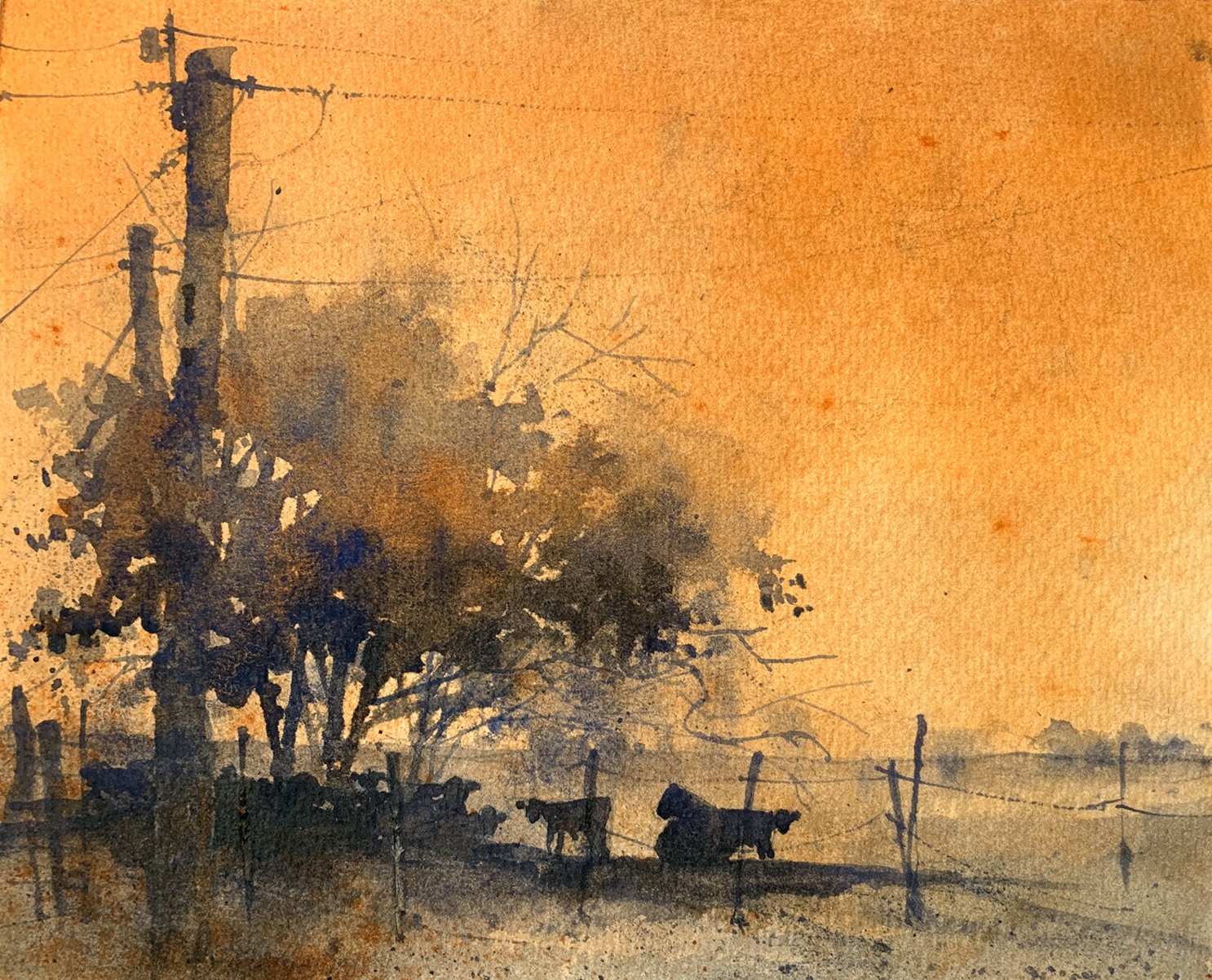
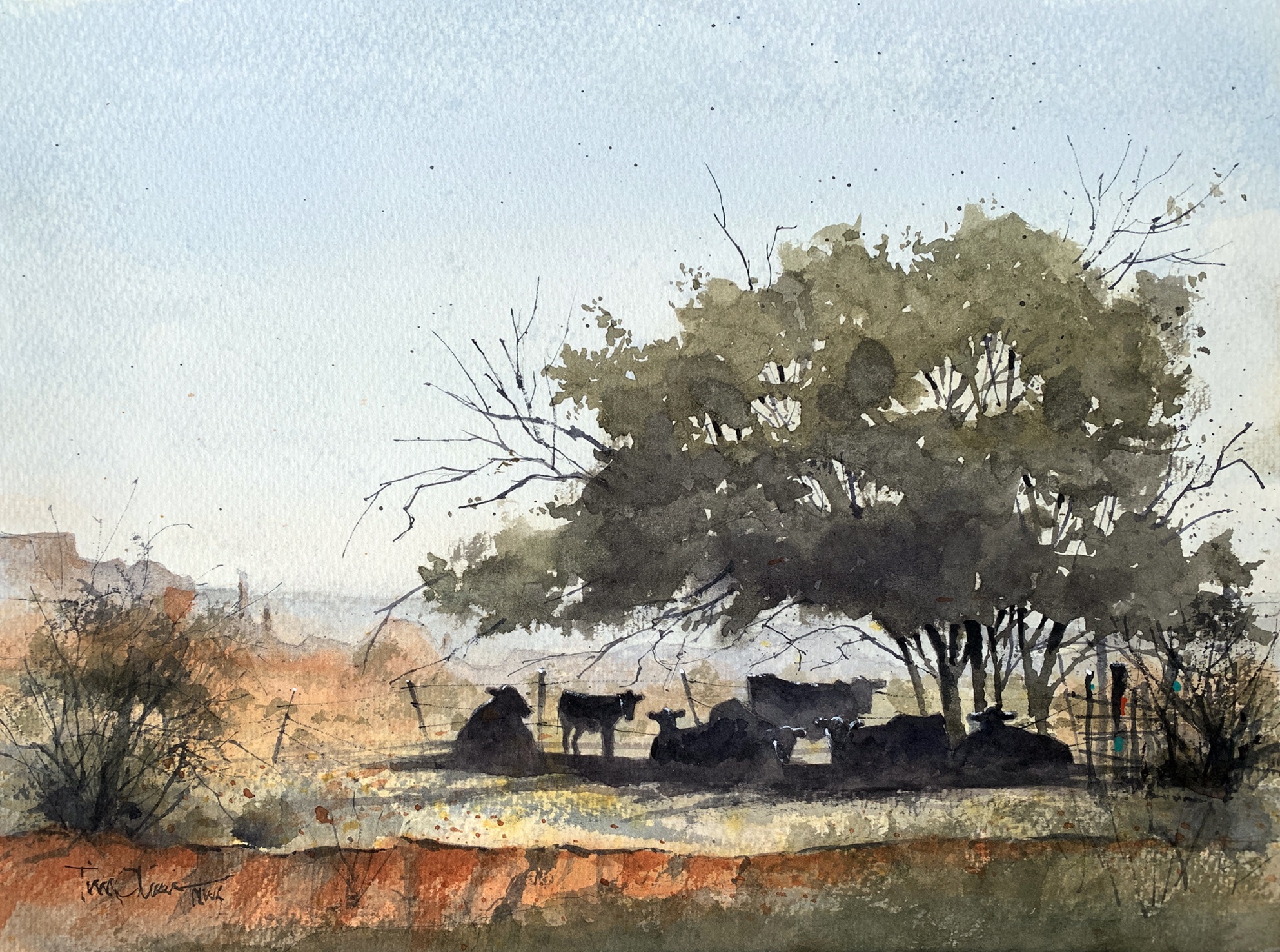
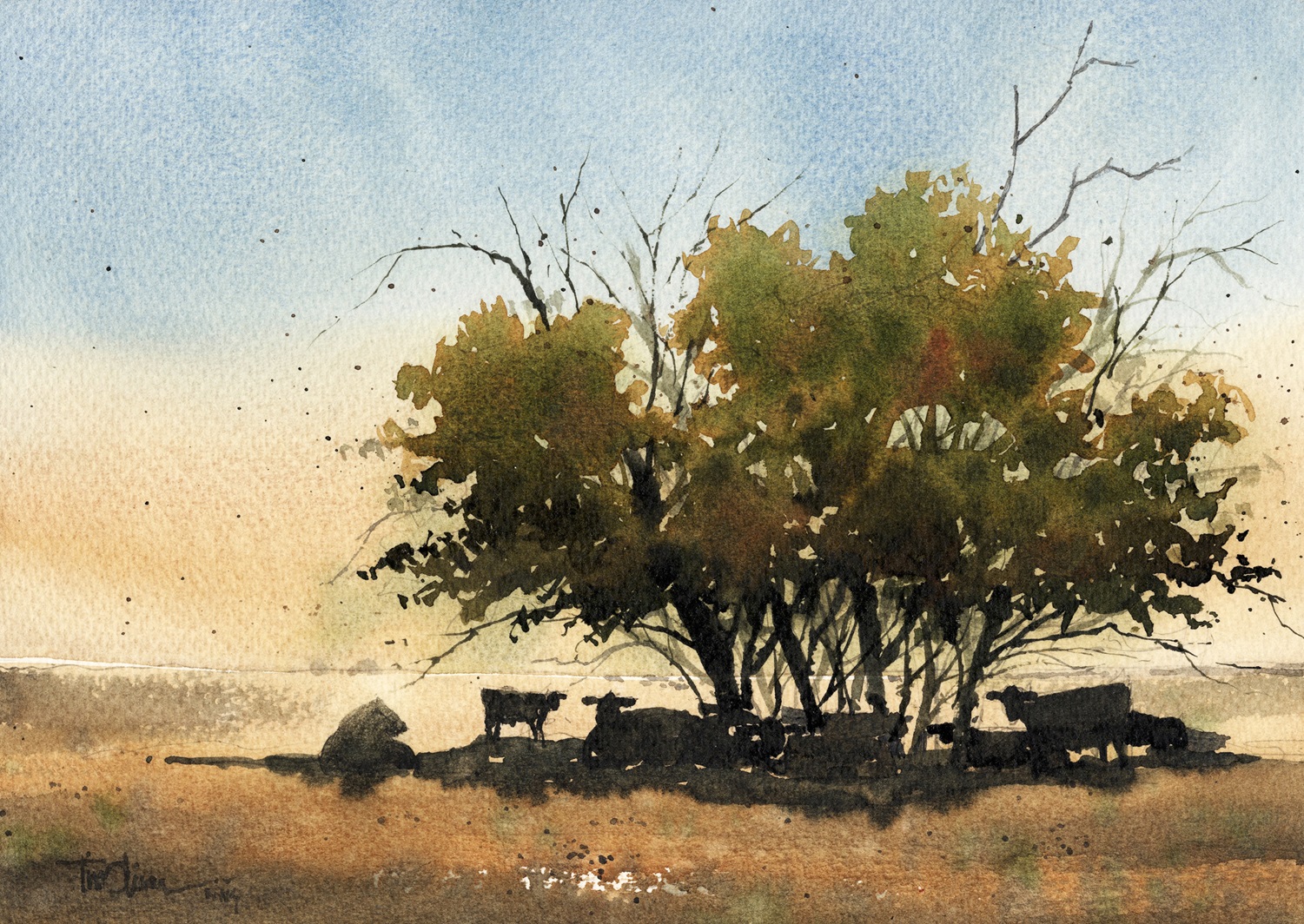
It’s all about exploration and learning. It’s about finding different and more impactful ways of telling the story. As we’ve heard so many times, we are storytellers and we hope to tell it with clarity, intrigue, drama, and emotion. If you haven’t relooked, reevaluated, and repainted some of your old pieces lately, I encourage you to give it a try. Be bold, be daring, be courageous.
There’s incredible value in taking a second (or third) look at your plein air painting!
About the Artist: Tim Oliver is a Landscape Architect and owner of a design/build landscape firm in Lubbock, Texas. He graduated with a Bachelor’s degree in landscape architecture in 1983 from Texas Tech University. Tim holds Signature membership in the National Watercolor Society and the Western Federation of Watercolor Societies. He is an exhibiting member of the American Watercolor Society, American Impressionist Society, Outdoor Painters Society, Southwestern Watercolor Society, the GAS Painting Group, and the West Texas Watercolor Society. Tim is also an associate member of the Transparent Watercolor Society of America, the American Plains Artists, and Plein Air Painters of New Mexico. Visit his website at www.timoliverart.com.
More Plein Air Painting Resources:
And browse more free articles here at OutdoorPainter.com

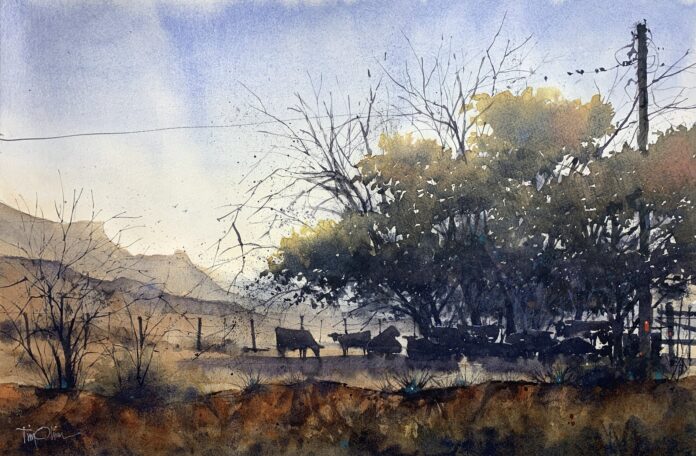



Wow, this is really working for you! All of the explorations of color, composition, cattle positions, addition of other elements, subtraction of elements, and then the total imagination of the mountains in the “final” lead painting of the story…BONUS POINTS! The best to you came from the tightening of your schedule with additional responsibilities. Life can take a hard turn, get you to slow down, even learn more about yourself. I say it’s a blessing.